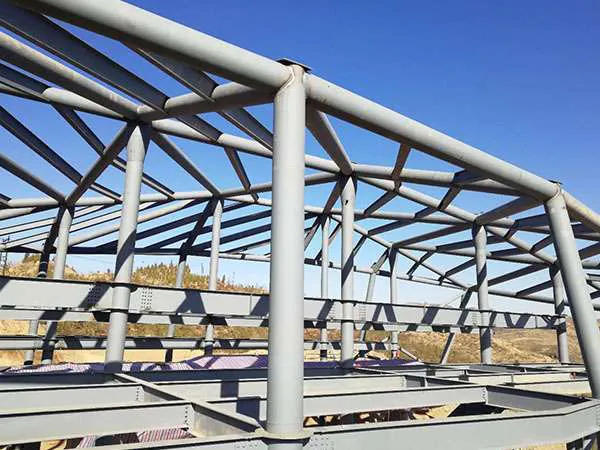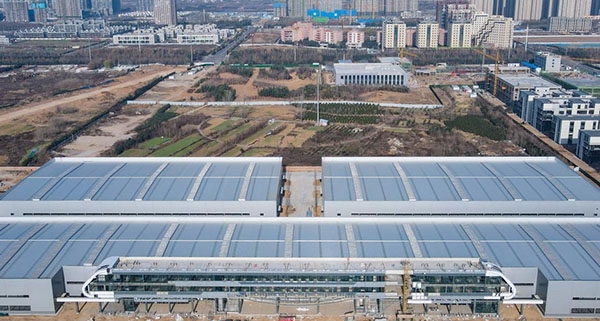Reinforcing and renovating steel structures is a critical field in civil and structural engineering, aimed at extending a structure’s service life, increasing its load-carrying capacity, repairing damage, or adapting it for a new use. The methods range from traditional techniques to modern advanced composites.
Steel Structure Reinforcement and Renovation Methods

There are several methods for reinforcing and renovating steel structures, depending on the extent of damage, the reason for the reinforcement, and the desired outcome. The primary goal is to increase the structure’s load-bearing capacity, stiffness, or durability.
Category A: Section Enlargement and Addition
This is the most traditional and common approach. The goal is to increase the cross-sectional area or the moment of inertia of a member.
Welding or Bolting Steel Plates:
Flange Plates: Attaching plates to the top and/or bottom flanges of beams or girders. This significantly increases the section modulus and bending strength.
Web Plates: Adding plates to the web of a beam to increase its shear capacity or prevent web crippling. These can be “doubler plates.”
Cover Plates: A general term for plates added to any face of a steel member (e.g., a box column) to increase its axial or bending capacity.Adding New Structural Members:
Adding Beams or Joists: Installing new members to reduce the span of existing ones, thereby lowering the load they must carry.
Adding Bracing: Installing diagonal members (e.g., X-bracing, K-bracing) to a frame to increase its lateral stiffness and strength against wind or seismic forces.
Adding Columns: Placing new columns under existing beams or trusses to provide intermediate support and reduce bending moments.
Changing the Structural System:
This is a more complex approach where the fundamental way a structure carries load is altered. For example:
Converting a simple beam into a truss by adding diagonal and vertical members below it.
Adding external arches or cable-stays to support a long-span beam or bridge deck.
Category B: Advanced Composite Materials
These methods use modern, high-strength, lightweight materials.
Fiber-Reinforced Polymers (FRP):
How it Works: High-strength carbon (CFRP) or glass (GFRP) fiber sheets or strips are bonded to the surface of the steel member using a strong epoxy adhesive.
Application: Typically applied to the tension flange of beams to increase their bending capacity. Can also be used to wrap columns for increased strength or confine them against buckling.
Advantages: Very high strength-to-weight ratio, excellent corrosion resistance, minimal change to the member’s dimensions, and rapid installation.
…
More detailed information on steel structure reinforcement and transformation methods can be found at:https://www.meichensteel.com/a/news/steel-structure-reinforcement-and-renovation-methods.html


